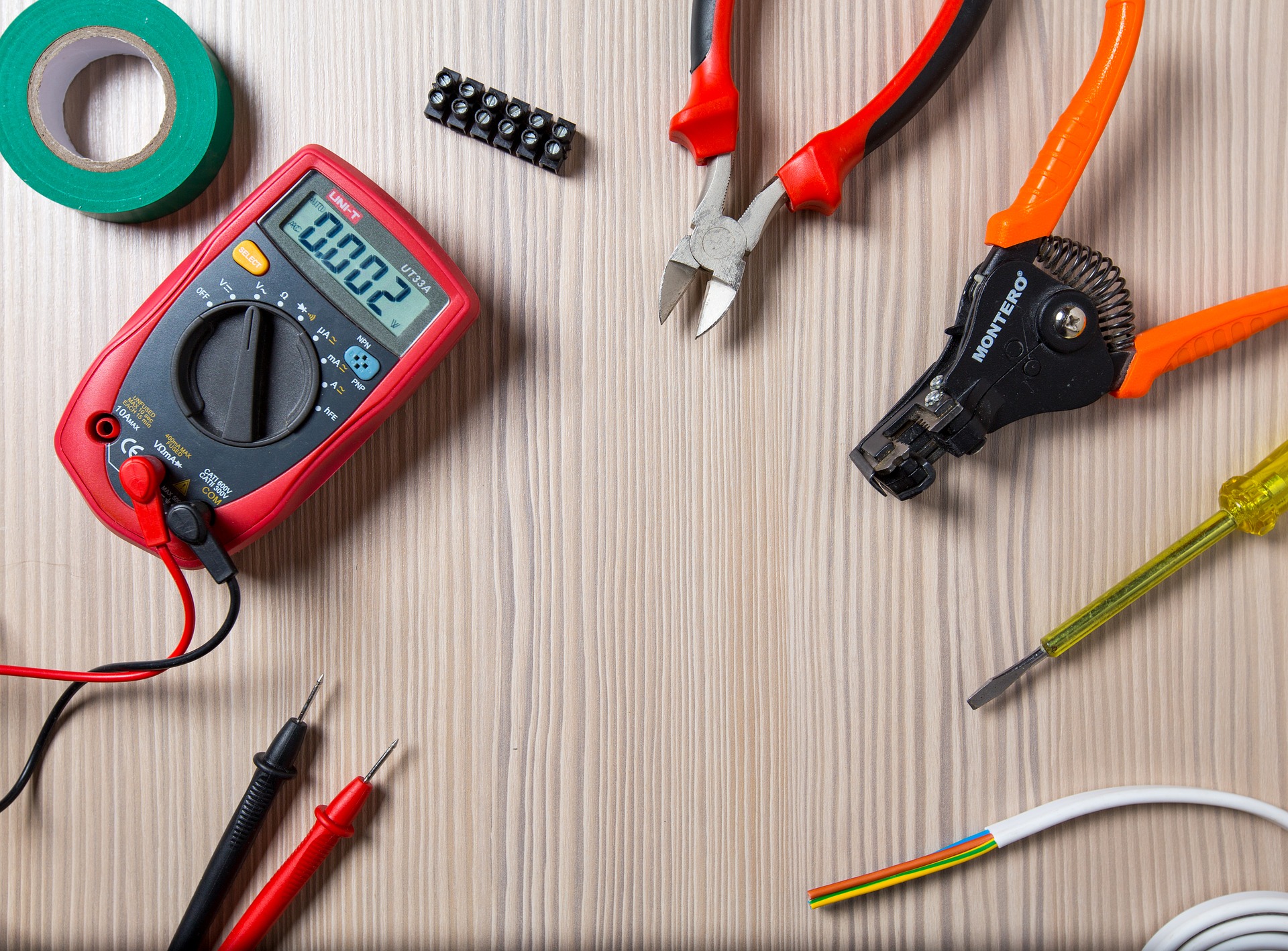Checking Out the World of Electrical Setup: Common Mistakes to Avoid for a Smooth DIY Project
Starting a do-it-yourself electrical installation project can be a rewarding experience, but it also comes with its share of prospective pitfalls. BRE Electrical. From ensuring precaution are met to complying with electrical codes, the trip right into the globe of electric work demands attention to information and precision. The road to a successful do it yourself task is stuffed with usual blunders that might quickly hinder your efforts. By understanding these challenges and just how to avoid them, you can browse the complex landscape of electrical installation with confidence and guarantee a smooth project implementation.
Inadequate Safety Precautions
In electrical setup tasks, neglecting correct safety precautions can lead to hazardous circumstances that jeopardize both individuals and home. Poorly grounded electrical systems can lead to electrical rises and tools damages. By adhering to safety protocols, including correct training, making use of safety and security tools, and adhering to laws, people can alleviate dangers and promote a safe electric setup atmosphere.
Incorrect Cable Sizing

Incorrect wire sizing can additionally impact the general efficiency of the electric system. Undersized wires can create voltage decreases, resulting in bad efficiency of electric devices and home appliances. Large wires, while not as destructive as small ones, can still lead to unneeded expenses and ineffective use sources.
To stay clear of these issues, it is necessary to comply with correct cable sizing guidelines based on the electrical load demands of the setup. Consulting with a professional electrical expert or referencing the National Electric Code (NEC) can help ensure that the cords are sized properly for a risk-free and reliable electrical setup.
Overlooking Grounding Demands
One important aspect commonly ignored in electric installations is making certain conformity with proper grounding needs. Grounding is a fundamental safety function that shields against electrical shocks and protects against tools damage. Disregarding grounding requirements can result in major repercussions, consisting of the risk of electrical shock, fire risks, and tools malfunction. To ensure correct grounding, it is necessary to follow the National Electric Code (NEC) guidelines and neighborhood policies.
Grounding works as a pathway for electric currents to flow safely right into the earth, preventing the accumulation of excess voltage that might damage people or tools. It likewise aids to stabilize voltage degrees and enhance the total effectiveness of the electric system. Proper grounding includes linking electrical tools and metal units to the ground cable, grounding rod, or grounding plate. It is essential to use the correct gauge of cable for basing purposes and to ensure all connections are safe and devoid of corrosion.

Ignoring Local Building Ordinance
Disregarding adherence to local building regulations can website link posture substantial threats in electrical installations, possibly endangering precaution and system dependability. Local building ordinance are developed to guarantee click now that electric job satisfies particular safety standards and laws established by the authorities. Disregarding these codes can result in major consequences, such as electric fires, electric shocks, or damages to the building.
Local building regulations usually cover various elements of electric installations, including circuitry methods, electrical outlet positionings, circuit protection, and grounding needs. Failure to adhere to these codes may result in fines, fell short assessments, or the demand to redo the entire electric job, leading to unnecessary expenses and hold-ups.
To avoid the mistakes of overlooking local building ordinance, it is vital for do it yourself enthusiasts and even experts to acquaint themselves with the applicable policies before beginning any kind of electrical project. Consulting with regional authorities or working with a certified electrical expert for guidance can assist make certain that the electrical continue reading this setup fulfills all the needed code needs, advertising a secure and reputable electrical system over time.

Poor Preparation and Company
Have you taken into consideration just how thorough planning and organization are essential components in making sure the success and safety and security of an electrical installment job? Poor planning and organization can lead to a myriad of concerns, ranging from job delays to major safety and security dangers. One common mistake is underestimating the extent of work associated with an electrical installation, which can result in not enough materials or poor preparation. Without a detailed strategy describing the actions, timeline, and needed resources, do it yourself lovers might locate themselves overwhelmed and vulnerable to errors.
Additionally, poor organization can cause complication concerning the design of electric parts, possibly creating malfunctioning connections or circuits. Failure to label wires correctly or keep an eye on circuit representations can cause repairing problems down the line. Additionally, poor planning in terms of budgeting and procurement can lead to unnecessary expenses or delays in completing the job.
To prevent these risks, put in the time to create an extensive plan, gather all needed products and devices beforehand, and guarantee that you have a clear understanding of the job extent before starting - BRE Services. Proper company and preparation are vital to an effective electric installment project
Conclusion
Finally, it is essential to prioritize safety and security, proper preparation, and adherence to neighborhood codes when undertaking electrical setup projects. Preventing typical errors such as insufficient safety and security preventative measures, wrong cable sizing, overlooking grounding requirements, and poor preparation can make certain a smooth do it yourself task. By adhering to these standards, people can effectively navigate the globe of electric installment with self-confidence and efficiency.